Growth in Construction Activities
The resurgence of construction activities across various sectors, including residential, commercial, and industrial, seems to bolster the Polyisocyanurate Insulation Market. As urbanization accelerates, the need for new buildings and infrastructure projects increases, leading to a higher demand for effective insulation materials. Polyisocyanurate insulation is particularly favored for its lightweight properties and ease of installation, making it a preferred choice among contractors. Recent statistics indicate that the construction sector is expected to expand significantly, with investments in infrastructure projected to reach unprecedented levels. This growth trajectory suggests a favorable environment for polyisocyanurate insulation, as builders prioritize materials that enhance energy efficiency and sustainability.
Rising Demand for Energy Efficiency
The increasing emphasis on energy efficiency in construction and renovation projects appears to drive the Polyisocyanurate Insulation Market. As energy costs continue to rise, builders and homeowners are seeking insulation solutions that provide superior thermal performance. Polyisocyanurate insulation, known for its high R-value per inch, offers an effective means to reduce energy consumption. According to recent data, the insulation market is projected to grow at a compound annual growth rate of approximately 5% over the next few years, indicating a robust demand for energy-efficient materials. This trend is likely to be further fueled by government incentives aimed at promoting energy-efficient building practices, thereby enhancing the market potential for polyisocyanurate insulation.
Technological Innovations in Insulation
Technological advancements in insulation materials and manufacturing processes appear to play a crucial role in shaping the Polyisocyanurate Insulation Market. Innovations such as improved formulations and enhanced production techniques have led to the development of more efficient and environmentally friendly insulation products. These advancements not only improve the thermal performance of polyisocyanurate insulation but also reduce its environmental impact. The market is witnessing a shift towards products that comply with stringent environmental regulations, which could potentially increase the adoption of polyisocyanurate insulation. As manufacturers continue to invest in research and development, the introduction of new technologies is likely to create opportunities for growth within the insulation market.
Increased Awareness of Environmental Impact
The heightened awareness of environmental issues and the need for sustainable building materials appear to be driving the Polyisocyanurate Insulation Market. As consumers and businesses become more conscious of their carbon footprint, there is a growing preference for insulation products that offer both performance and sustainability. Polyisocyanurate insulation, with its low global warming potential and high energy efficiency, aligns well with these consumer values. Market data suggests that the demand for eco-friendly insulation solutions is on the rise, as stakeholders seek to minimize environmental impact. This shift in consumer behavior is likely to create new opportunities for polyisocyanurate insulation manufacturers, as they adapt to meet the evolving preferences of the market.
Regulatory Support for Sustainable Building Practices
The implementation of stringent building codes and regulations aimed at promoting sustainable construction practices seems to significantly influence the Polyisocyanurate Insulation Market. Governments worldwide are increasingly mandating the use of energy-efficient materials in building projects, which aligns with the properties of polyisocyanurate insulation. This regulatory support not only encourages the adoption of high-performance insulation solutions but also enhances the market's credibility. As more jurisdictions adopt energy efficiency standards, the demand for polyisocyanurate insulation is likely to rise, driven by compliance requirements. This trend indicates a growing recognition of the importance of sustainable building practices, further solidifying the role of polyisocyanurate insulation in modern construction.
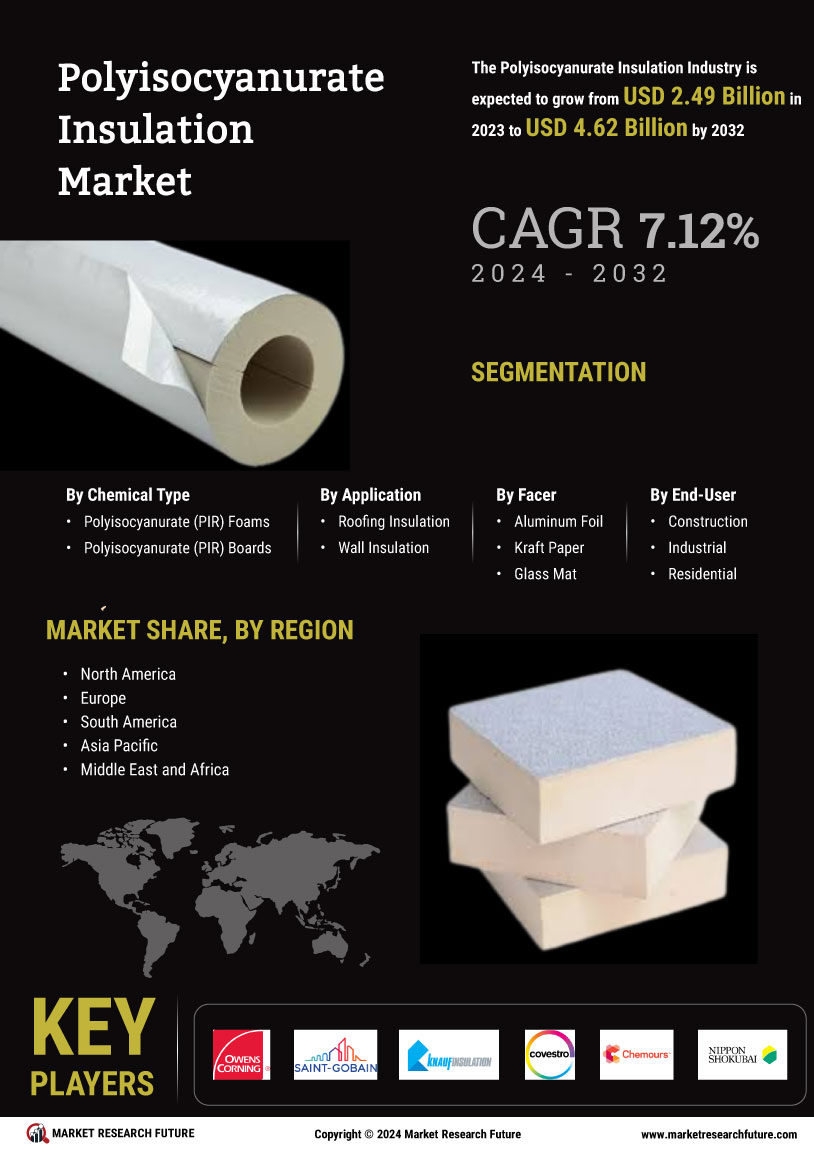

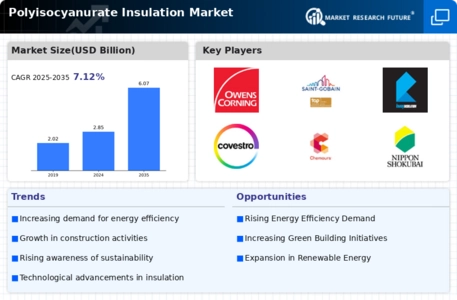
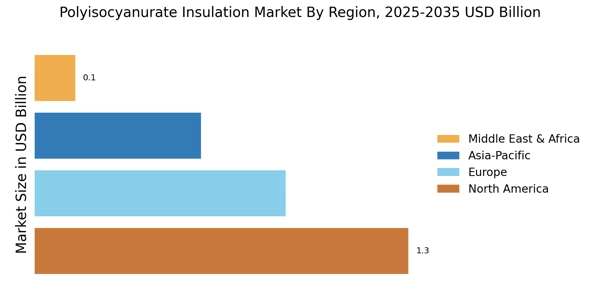

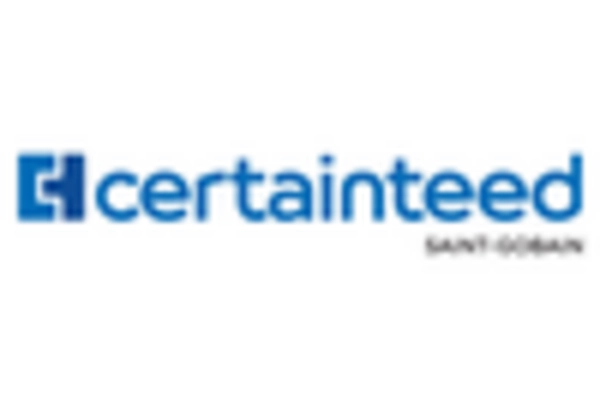
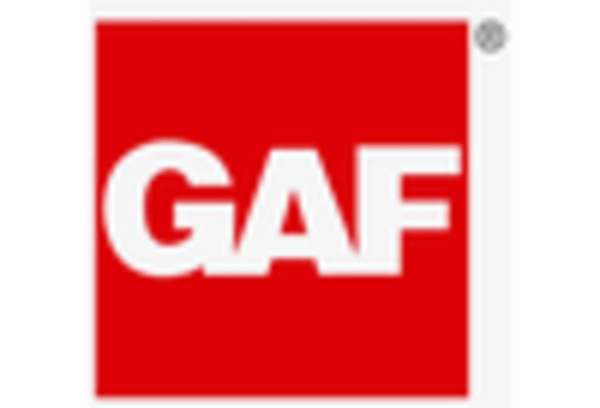

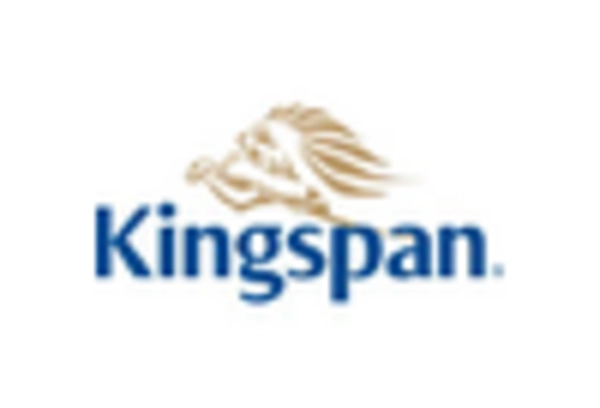
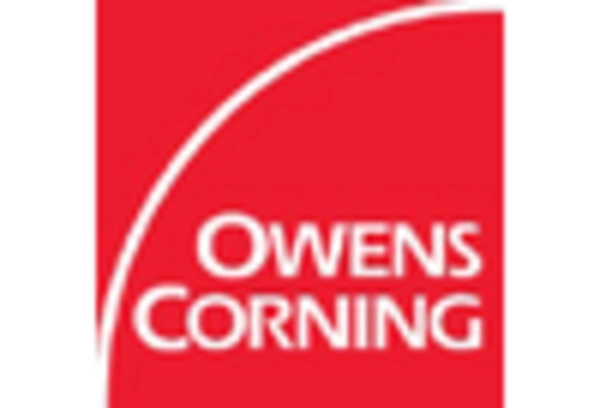








Leave a Comment